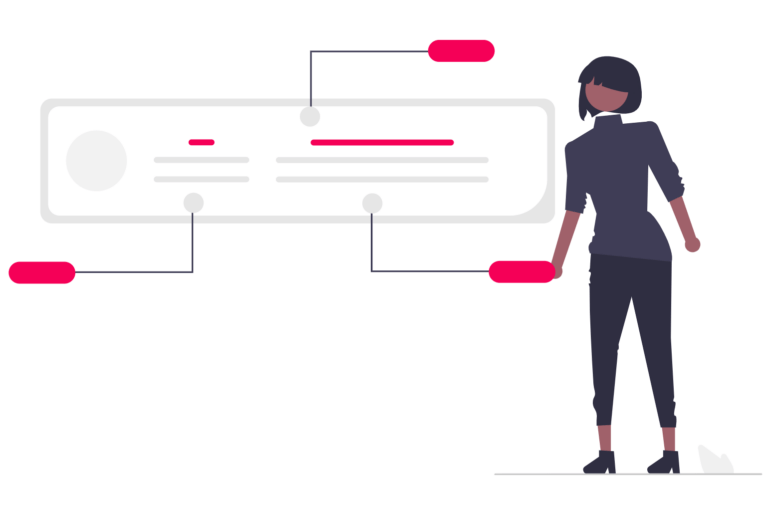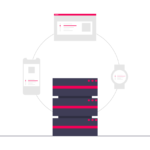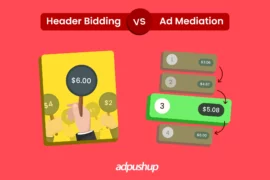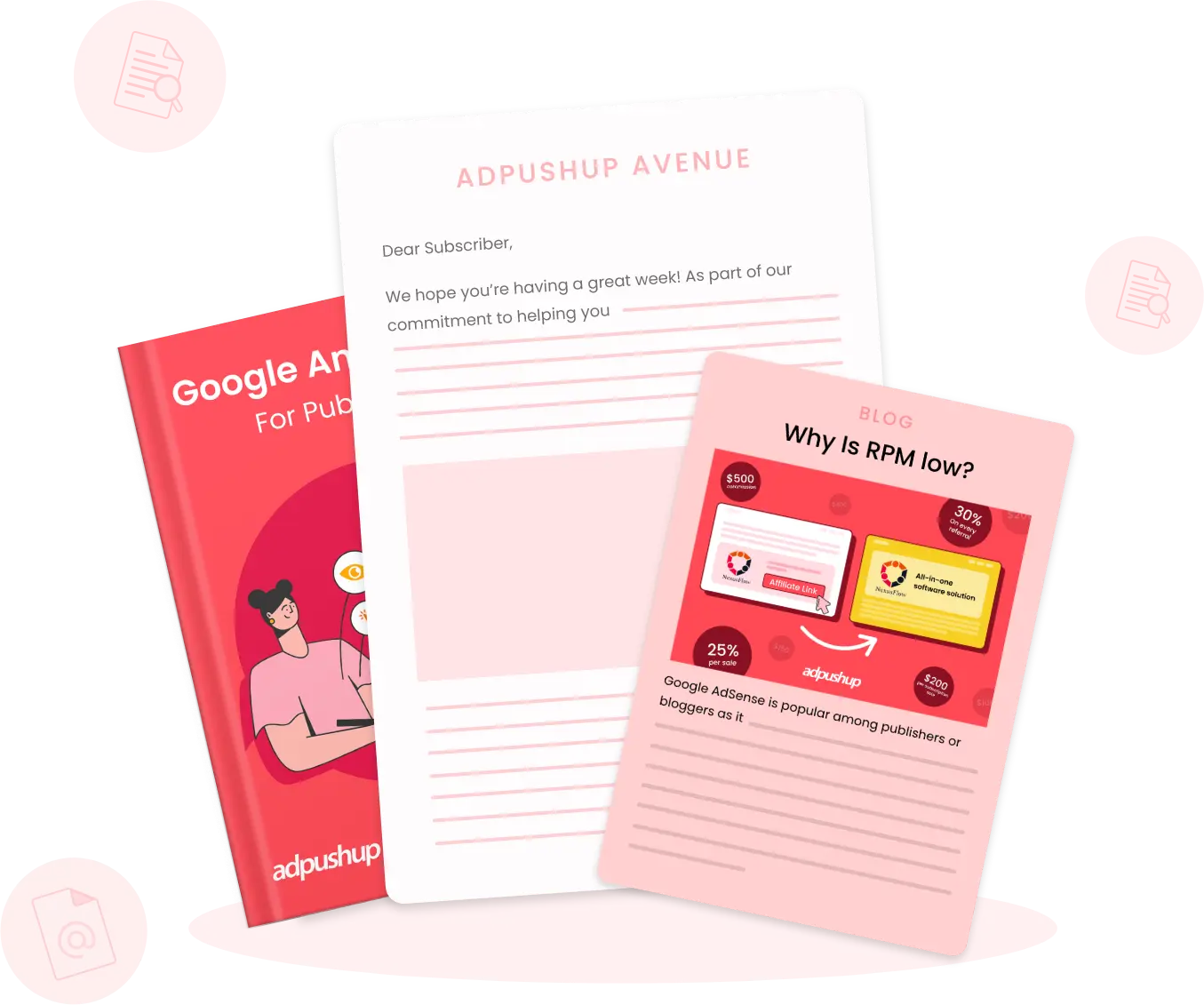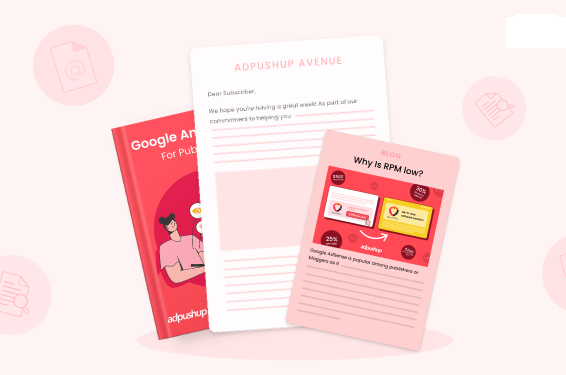Cost Per Lead (CPL) is a key marketing metric that measures the amount of money a company spends to get a prospective lead.
In marketing, each penny counts. When we think of campaign spending on a broad level, investing a large amount of money to generate more sales always seems like the smart option. After all, it’s bound to furnish a sound Return on Investment (ROI), right?
Unfortunately, that’s not always the case. It’s important to get into the unit economics of marketing. And this is where Cost Per Lead (CPL) comes in.
What is CPL in marketing?
It is a key metric that quantifies the amount of money that your business spends on acquiring a single lead.
A lead is a potential customer who has shown interest in purchasing a product or service. In marketing, it defines someone who has taken a specific action—like filling out a contact form, subscribing to a newsletter, or requesting information.
Generating solid leads is fundamental to business success. It gives the sales team a list of users who might be interested in the company’s offerings. This allows them to channel their best efforts to sell something to a group of people who are more likely to make a purchase.
Now that we have gone through all the definitions, it’s much easier to understand and define CPL. It’s essentially how much a company is spending to get the contact information or name of a potential customer.
How to Calculate CPL?
Fortunately, calculating CPL does not require an advanced knowledge of discrete mathematics. The CPL formula is fairly straightforward. It is given by dividing the amount of money spent on a marketing campaign by the total number of leads generated through that campaign.
In mathematical terms,
CPL = Total Money Spent on a Marketing CampaignNumber of Leads Generated
CPL Example
For example, consider your business recently ran a Facebook ad campaign by spending $500. The number of leads generated through that campaign was 10. In that case, the CPL comes to $50.
This essentially indicates that the business spent $50 to get a lead for their sales team.
Now, on to the million-dollar question:
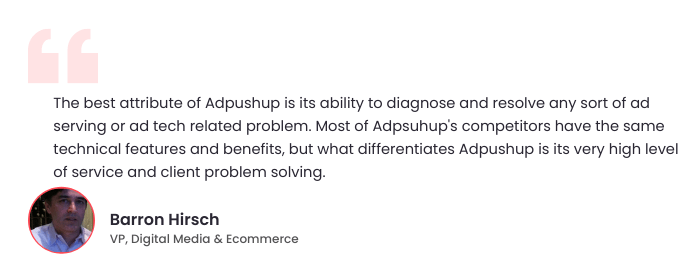
What is a Good CPL?
In all honesty, that depends on the type of business that you are running. Considering the above example, if you are spending $50 to generate a lead for a car dealership, that lead can potentially generate $5000 in sales. This makes the CPL low compared to what you might get in return.
So, a good CPL is subjective. What you want is a number that you can achieve consistently, leaves you with profitable revenue margins, and leaves room for periodic improvements.
How to Reduce CPL? Proven Strategies
The traditional approach to aggressive sales and lead generation has fizzled out in the modern marketing landscape. Today, it’s all about effectiveness and acquiring customers at the minimal cost possible.
Here’s how businesses can decrease their CPL:
Use the Inbound Approach
Inbound ads are more likely to increase conversions. Leaders should avoid ads that push for immediate sales (like demos or consultations). They would want to replace them with top-of-the-funnel content like e-books or guides.
These have less friction, making it more likely for visitors to engage. Once they convert, an effective nurture strategy will guide them toward a sale.
Focus on Behavior-Based Targeting
When you create an ad, you create it for a specific group of people who might display the most interest in your product or service. Such campaigns are more likely to attract attention, resulting in higher leads.
To achieve this, you can build custom lists—like car shoppers for an automotive company. This ensures that your advertisement always reaches the right people. The goal is to target high-intent visitors and filter out low-intent users.
This strategy basically focuses on minimizing ad spending on unattainable demographics.
Refine Ads with A/B Testing
We have already discussed in-depth the meaning of CPL. While people understand what it is, they often miss out on one important piece of fact: the quality of ads is what dictates CPL. Optimizing ads, therefore, improves the outcomes.
For this, leaders should consider running two versions of the same ad at once, which is often called A/B testing. Use one as a control and tweak a single element in the other to measure impact. Both should get equal exposure and be used in rotation continuously. Performance analysis of both ads based on which one converts best and lowers CPL can be used to produce greater ROIs.
Optimize the Landing Page
Prospects become clients by browsing and interacting with the seller’s website. If the landing page isn’t optimized properly, this opportunity is lost, leading to fewer conversions.
Focus on creating a landing page that loads quickly and is responsive across multiple devices. The design should be clean and easy to navigate. The buyer should know where to find the information that they need.
The actual CTA required to complete the purchase, like filling out a form, should not be too lengthy or cumbersome. The goal is to create a seamless buying experience for the user.
Retarget Existing Customers
All businesses have a strong base of existing customers. If the strategy does not focus on reselling to them periodically, you are wasting a lot of resources looking elsewhere when you have potential clients right in your database.
Sift through the purchasing patterns of your existing clients and find the best time to pitch each of them an advertisement to close the deal once again.
Launch Focused Campaigns
Advertisement campaigns should not be overly broad. If you are trying to target a wide demographic, every kind of device, people from all income levels or age brackets, or even different locations, you might get more clicks but fewer conversions. This leads to ineffective spending.
To mitigate this, narrow down your focus on the most profitable group. You can use data from past campaigns to pinpoint specific demographics that are most likely to respond positively to your ads.
What is the CPL Model in Marketing? Benefits for Publishers
Cost Per Lead (CPL) is a pricing model where publishers earn revenue each time they generate a qualified lead for an advertiser. Instead of getting paid for clicks or impressions, publishers benefit from delivering potential customers.
Here’s how this model benefits publishers:
- Ensures higher payouts for quality leads rather than low-value traffic.
- Reduces reliance on ad clicks, making engagement more meaningful.
- Encourages better content strategies to attract relevant audiences.
- Provides more stable earnings compared to CPM or CPC models.
- Strengthens long-term advertiser relationships through high-quality leads.
Final Words
CPL in marketing is only one of the many metrics that define the success of a business’s CAC (Customer Acquisition Cost). Pair it with other indicators like conversion rates and Average Order Values (AOVs), you get a crystal clear picture of how well your sales team is doing, and even what they could be doing better.
However, it all begins with the lead. The lower your spending for generating the lead, the better your business will perform: that’s the bottom line. It’s in the best interest of all leaders to minimize the amount of money, time, and resources they spend on finding leads that could convert into future sales.
Frequently Asked Questions
CPL is just one metric in the scope of cost per acquisition, but if you can keep your CPL low, your cost per acquisition should stay fairly low as well.
Maintaining a low CPL can be difficult as you ramp up your marketing efforts – being more targeted and expanding the reach of your campaigns at the same time.
as you continue to optimize and iterate on your strategy, you can likely get to a place where your ads are performing reasonably without the need for much management on your part.

Deepak has a keen eye for detail and a deep understanding of the ad tech landscape. Whether it’s through in-depth articles, thought-provoking insights, or compelling storytelling, he’s dedicated to helping people navigate the complex world of ad tech with the simplicity of his words.
